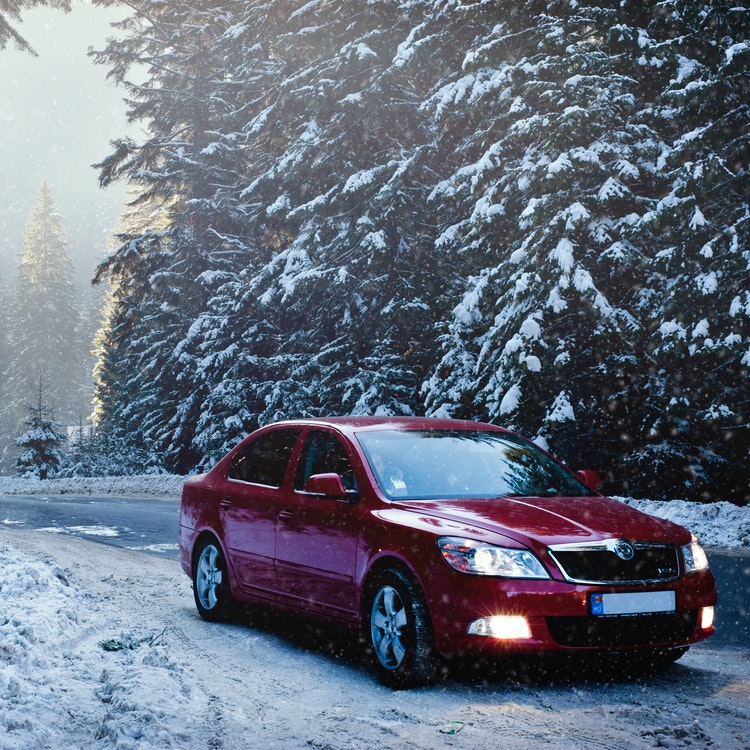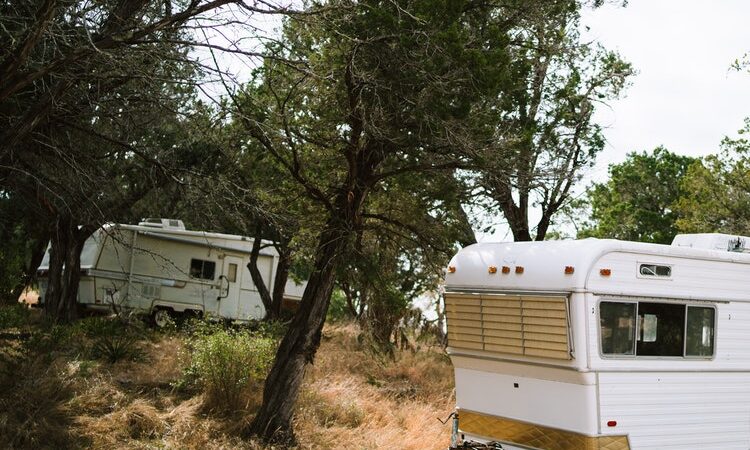Understanding Vehicle Stopping Distances in Adverse Weather

Stopping Distance in Bad Weather
There are many enjoyable aspects of the winter months, but driving is not one of these. Driving in winter is an entirely different experience to the warmer months of the year due to the poor visibility along with the rain and sometimes snow which can lead to wet and slippery conditions for driving. Most accidents occur in the winter months but these numbers could be greatly reduced if more information was available about driving in adverse conditions.
Stopping Distances
In particular, information surrounding stopping distances is widely available for normal weather conditions but it can be challenging to find out about stopping times when water, ice and snow are on the roads. So, what exactly are stopping distances? These are calculated by adding your thinking distance (which is the time it takes to process that you need to brake) and braking distance (the time it takes for the car to come to a halt after braking).
Two-Second Rule
Obviously, this can be complex which is why many motorists adopt the two-second rule which can be helpful in normal, dry conditions. This simply involves choosing a fixed point ahead of you on the road and counting from when the vehicle in front passes this point – provided that it takes you longer than two seconds to reach the same point, you should have enough time to stop in an emergency.
Adverse Conditions
The two-second rule will not be enough for driving in adverse conditions though, especially when travelling at speed and/or there is ice on the roads. In fact, it is said that braking distances on ice can be as much as 10 times greater than regular braking distances so it is no surprise that so many accidents happen in these conditions. This means that at just 20 miles an hour your stopping distances could be as much as 12 meters (40ft) and this obviously only increases with speed.
Taking Care in Winter
This means that motorists need to take great care when driving in winter and to avoid unnecessary vehicle journeys in adverse conditions. Of course, this is not always possible and when you do have to drive you need to think about the conditions and give cars in front of you plenty of space. Bends can be particularly dangerous in icy conditions, so you must brake progressively as you approach the bend at reduced speeds. It is also smart to purchase appropriate and high-quality car tyres which will give you superior grip and control.
Driving in winter can be challenging, especially when there is snow and ice. It is important that motorists are aware of the difference that this can make to stopping distances so that they can adjust accordingly as well as know how to drive safely in adverse conditions.



